
Whether you're gearing up for a beach trip, prepping for your first 5K, or just looking to feel stronger and healthier, one question inevitably comes up: How long does it take to get in shape?
The short answer: It depends.
But in this article, we’ll break it down with expert insights, science-backed timeframes, and actionable tips to help you track your progress—especially with the help of smart tools like the WalkerFit M6 Ultra Smartwatch.
What Does “Getting in Shape” Actually Mean?
“Getting in shape” isn’t a one-size-fits-all goal. For some, it means running a mile without stopping. For others, it’s shedding pounds, building visible muscle, or just not feeling winded after climbing stairs.
Here are the most common dimensions of fitness:
- Cardiovascular endurance: Your heart and lungs’ ability to supply oxygen during exercise.
- Muscular strength & tone: The ability to lift, push, and perform functional tasks.
- Body composition: Ratio of fat to lean mass.
- Flexibility & mobility: Range of motion and joint health.

General Timeframes to Get in Shape
1–2 Weeks: Feel Better
Within the first two weeks of consistent training (3–4x/week), most people report:
You may not see physical changes yet, but your body is adapting neurologically and hormonally. Your smartwatch can already detect changes in heart rate variability, sleep quality, and recovery, even before the mirror does.
3–6 Weeks: Cardiovascular and Strength Gains
- Cardio: Your resting heart rate begins to lower, your endurance improves, and activities like walking, jogging, or cycling feel easier.
- Strength: Neural adaptations allow you to lift heavier and recover faster.
- Time commitment: Aim for at least 150 minutes/week of moderate aerobic activity + 2 resistance training sessions.
Related article: Adult Activity: An Overview
6–12 Weeks: Visible Body Changes
This is the sweet spot when:
- Muscles look more defined
- Clothes fit differently
- Friends begin to notice
Strength and endurance reach new levels, and with a clean diet and good sleep, fat loss becomes more noticeable.
Track your weekly trends with tools like:
- Resting heart rate improvements
- Step and activity levels
- Caloric burn tracking
…all of which are features available on the WalkerFit M6 Ultra Smartwatch
3–6+ Months: Long-Term Fitness
Depending on your starting point and goals, this is when full body transformations happen:
- Running a 5K or more
- Visible muscle growth
- Reduced body fat percentage (10–15% loss is common in this window)
If you stick with it, this phase is where “temporary change” becomes lifestyle transformation.

Factors That Affect Your Progress
Not everyone progresses at the same pace. Consider:
- Starting fitness level
- Age & sex
- Nutrition quality
- Recovery & sleep
- Consistency
For example, someone with a sedentary lifestyle may take 12+ weeks to see major changes, while an already-active individual might feel results in 3–4 weeks.
The Role of Tracking & Smart Tech
Fitness isn’t just about working out—it’s about measuring what matters. That’s where wearable tools like the WalkerFit M6 Ultra Smartwatch come in:
Track What You Can’t See
-
Heart rate zones: Maximize fat-burning and VO₂ max training.
- Sleep insights: Poor recovery? You’ll know.
- Step goals & activity reminders: Stay consistent daily.
These metrics help close the gap between effort and outcome, giving you clarity on what’s working and what needs adjusting.
Staying Consistent: The top Predictor of Success
Most people give up because they don’t see fast results. But science says: slow and steady wins.
Tips to stay on track:
- Schedule workouts like meetings
- Train with a friend or join a class
- Use your smartwatch to set weekly goals
- Take progress photos monthly, not daily
Common Milestones by Goal
|
Goal Type |
Initial Progress |
Noticeable Change |
Major Results |
|
General Health |
1–2 weeks |
4–6 weeks |
3+ months |
|
Cardio Endurance |
2–4 weeks |
6–8 weeks |
3–6 months |
|
Muscle Growth |
4 weeks |
8–12 weeks |
4–6+ months |
|
Fat Loss |
2–3 weeks (with diet) |
8–10 weeks |
3–6+ months |
Expert Voices on Getting Fit
"Initial strength gains in the first month are due to improved neuromuscular efficiency, not muscle size."
— American College of Sports Medicine
"Getting in shape is a long game. Most people underestimate the power of small, consistent steps."
— Dr. Stacy Sims, exercise physiologist
FAQs
Q1: What fitness data does the M6 Ultra track?
A1: It monitors heart rate, steps, calories, sleep, blood oxygen, and multiple workout modes like running and cycling.
Q2: Is it beginner-friendly?
A2: Yes. It’s easy to use with a simple interface and real-time fitness tracking.
Q3: Does it sync with my phone?
A3: Yes, it connects via Bluetooth to both iOS and Android apps.
Q4: How long does the battery last?
A4: It lasts 5–7 days on a full charge, depending on usage.
Q5: Can it help me track fitness progress?
A5: Absolutely. It visualizes progress over time through detailed activity and health data.
Final Thoughts: You’re Closer Than You Think
Getting in shape isn’t about overnight transformations—it’s about steady, measurable progress over weeks and months. With the right tools, a realistic plan, and a commitment to consistency, you can absolutely reach your fitness goals.
And the best part? You don’t have to do it blindly.
Equip yourself with a performance partner like the M6 Ultra Smartwatch to track your progress and stay motivated every step of the way.

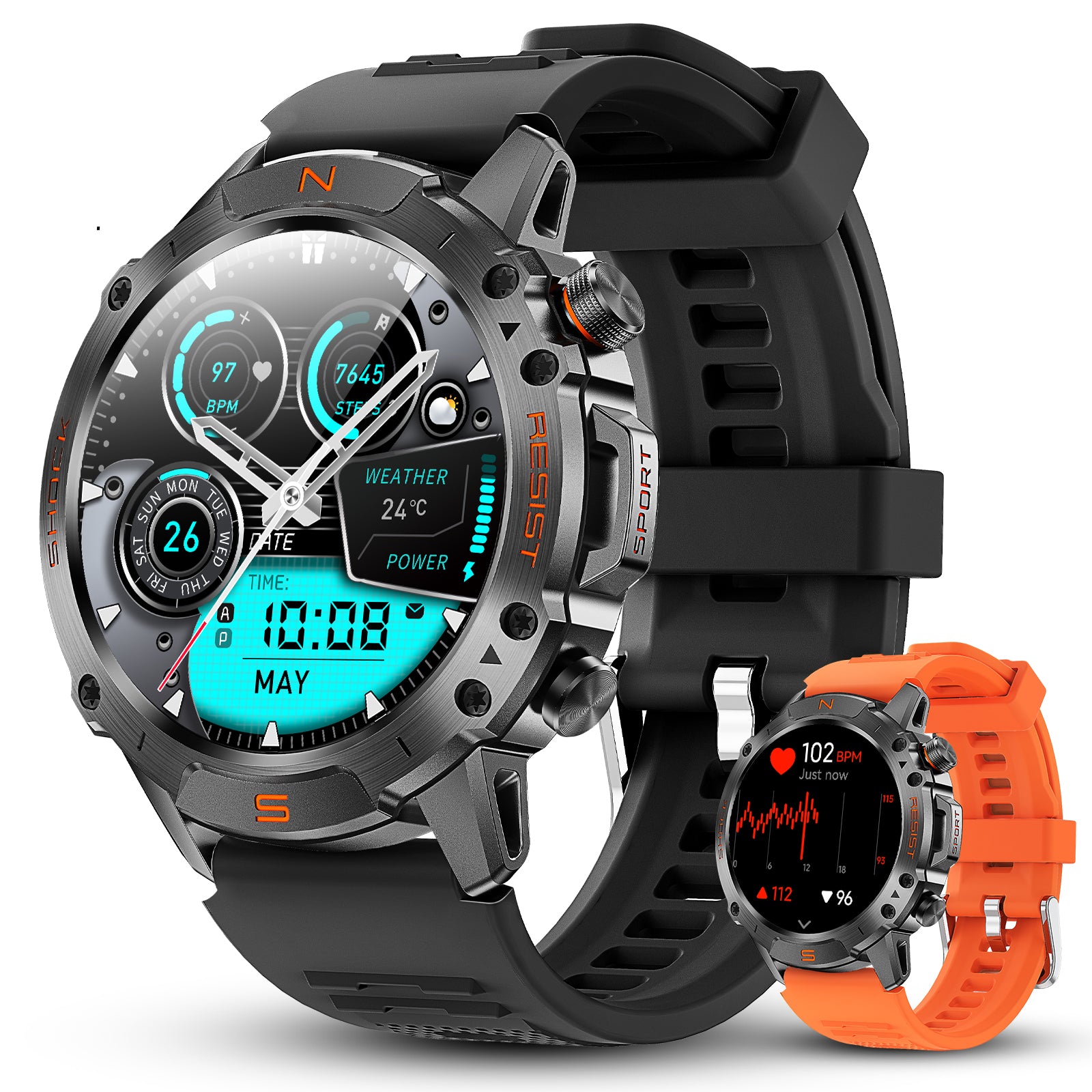
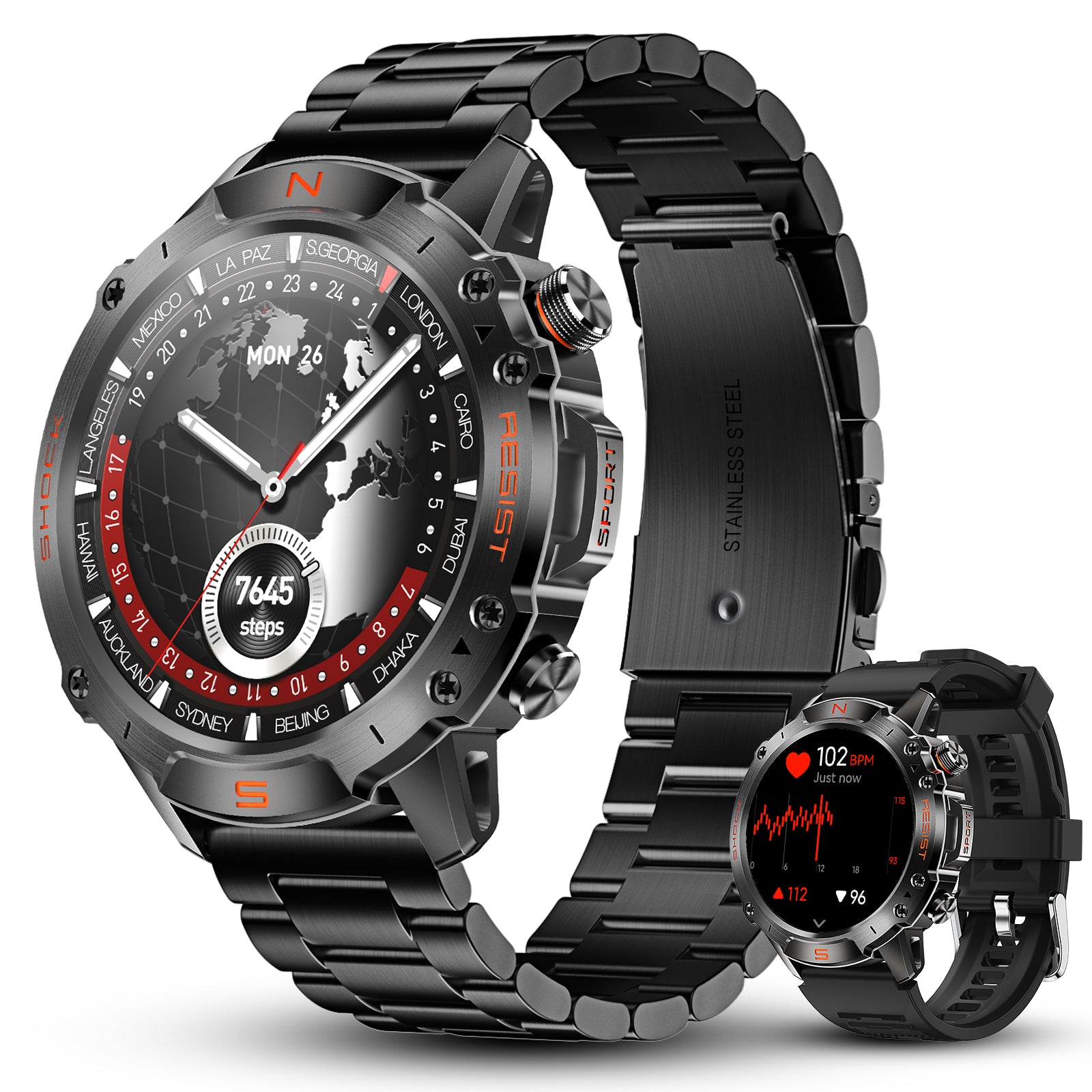
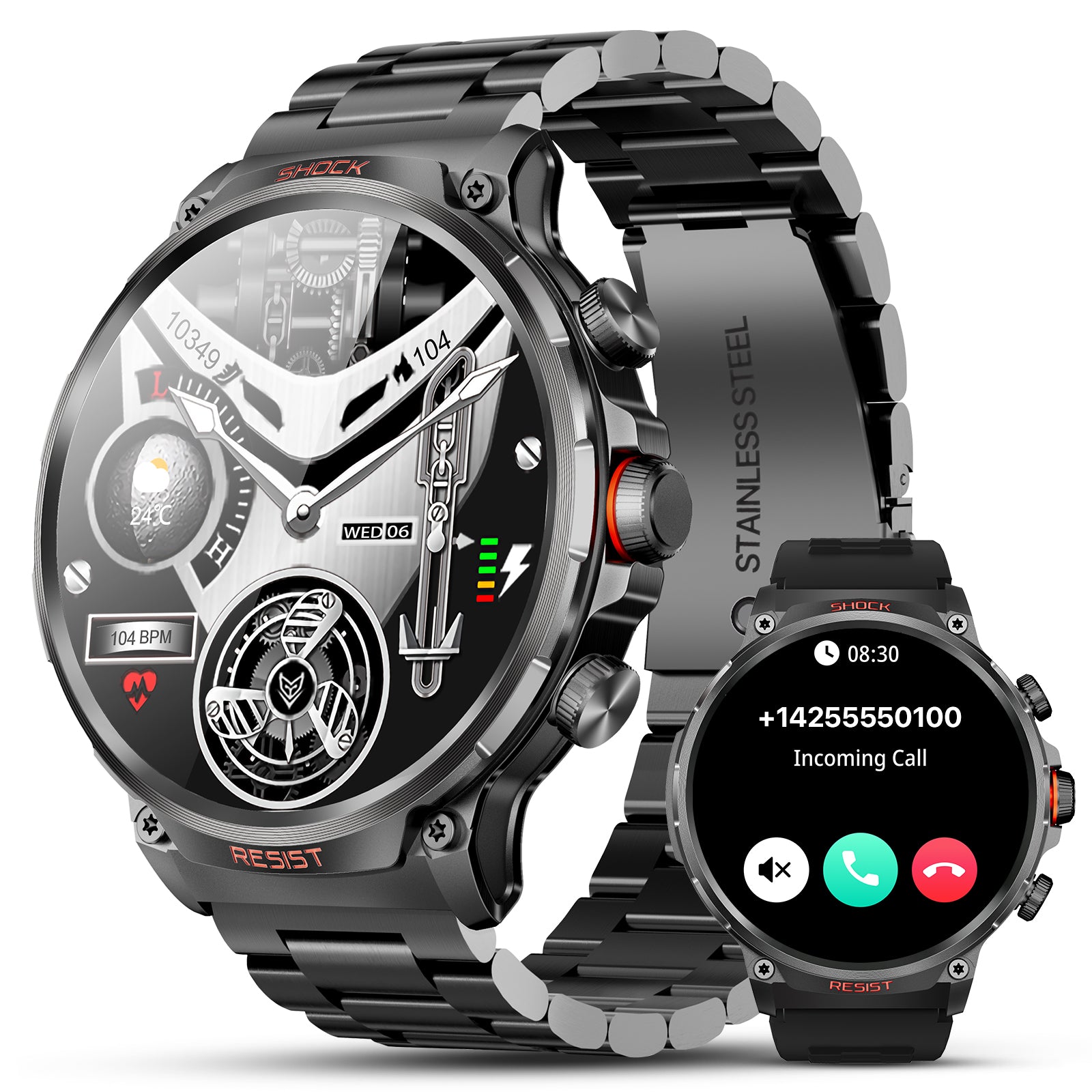
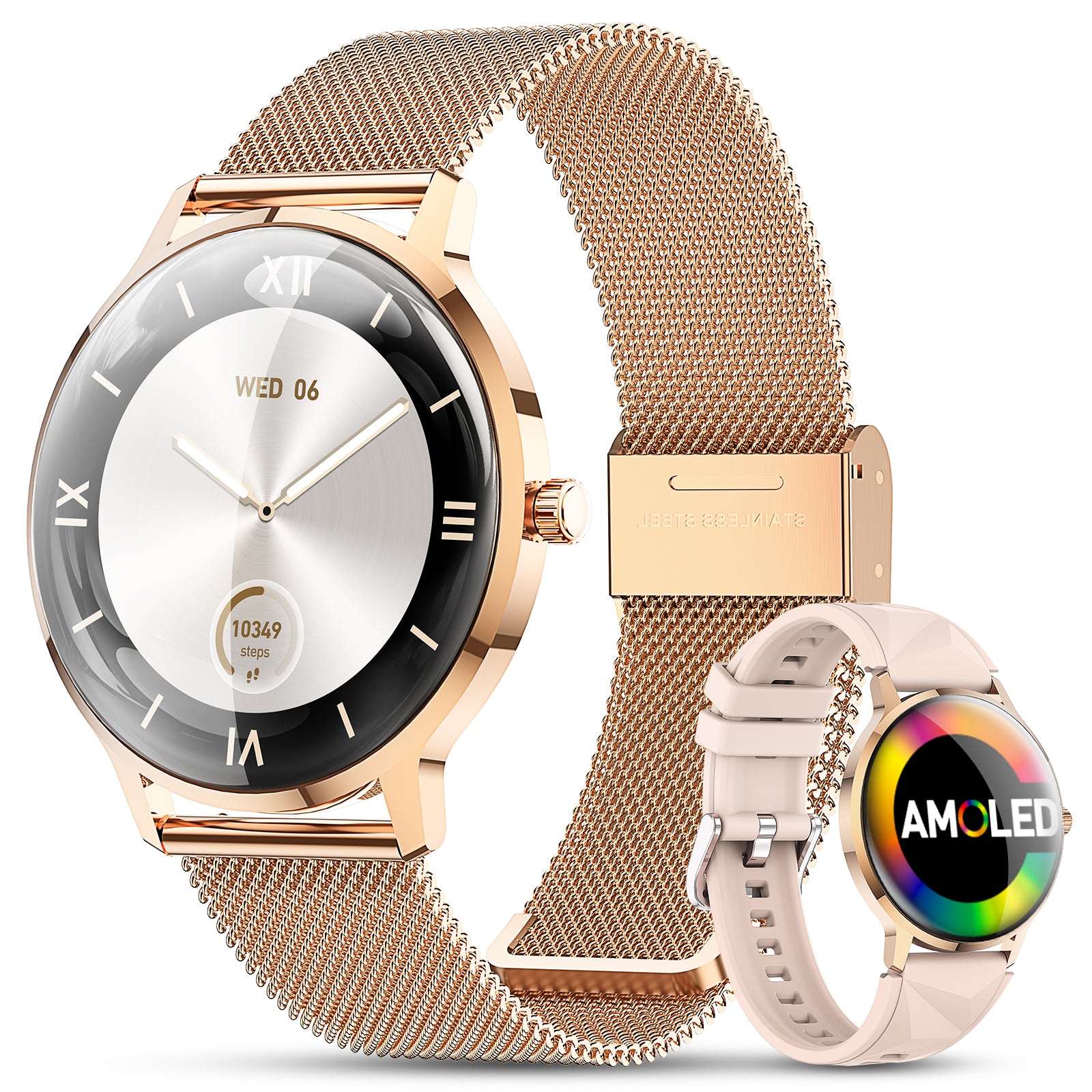
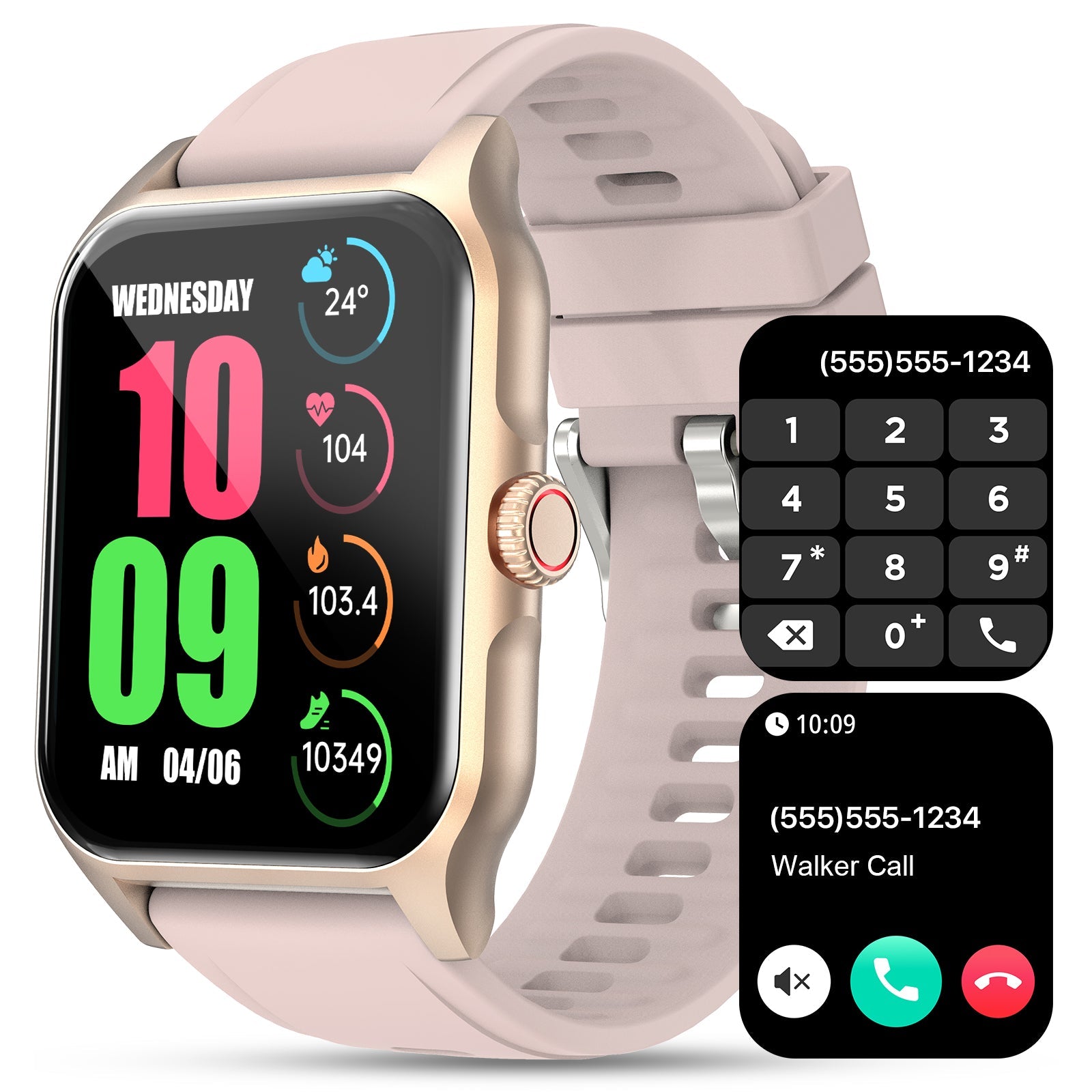



Leave a comment
All comments are moderated before being published.
This site is protected by hCaptcha and the hCaptcha Privacy Policy and Terms of Service apply.